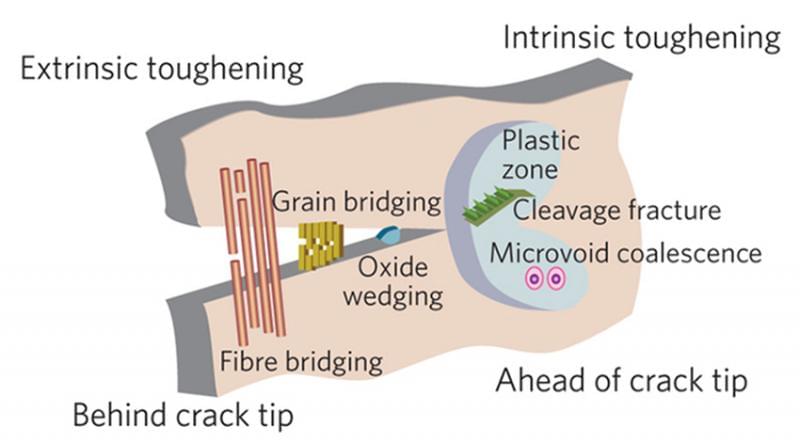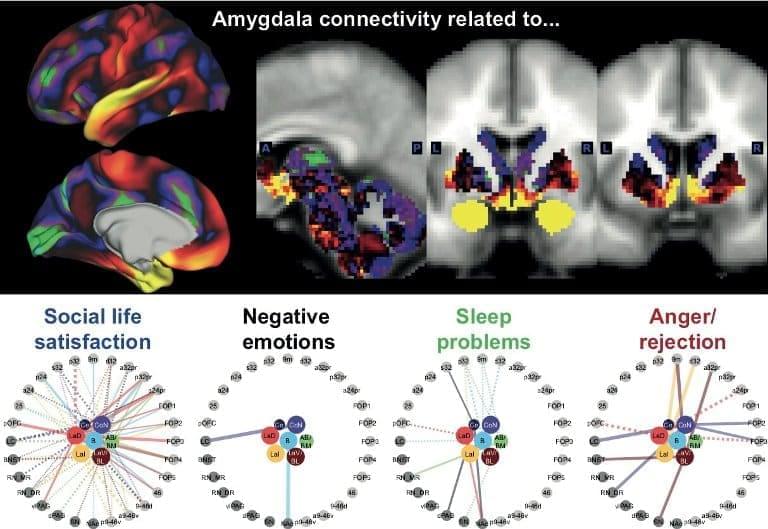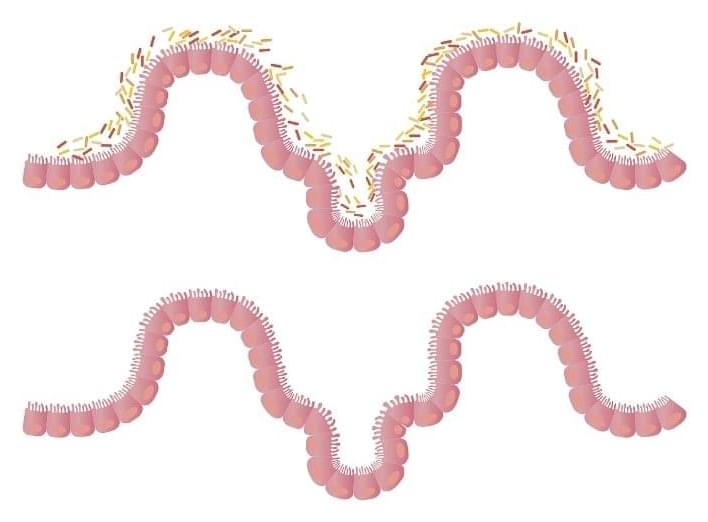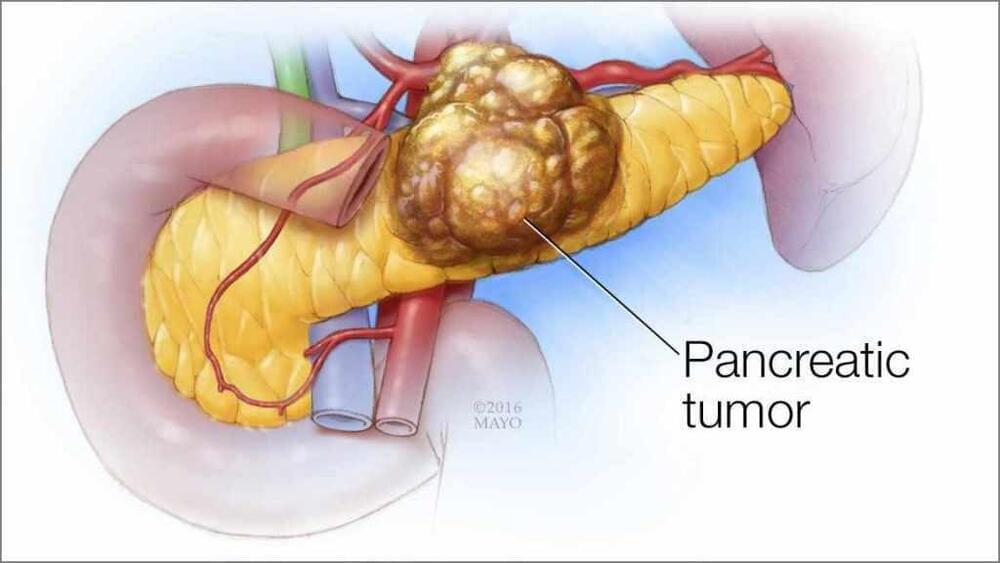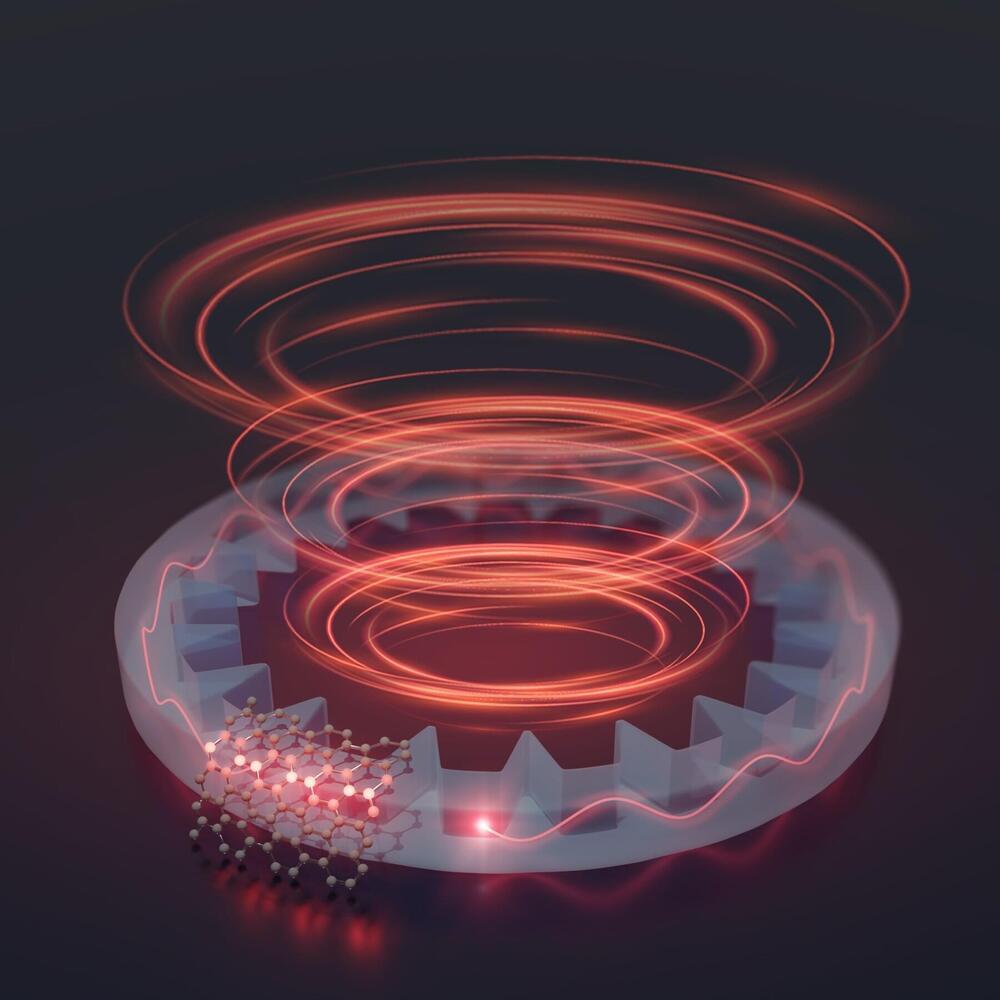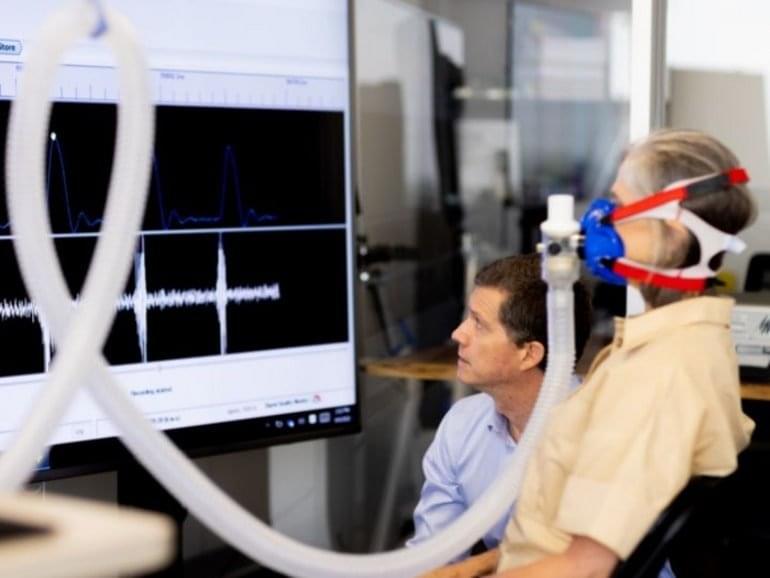When the inside of a mollusk shell shimmers in sunlight, the iridescence isn’t produced by colored pigments but by tiny physical structures self-assembled from living cells and inorganic components. Now, a team of researchers at the Department of Energy’s Lawrence Berkeley National Laboratory (Berkeley Lab) has developed a platform to mimic this self-assembly ability by engineering living cells to act as a starting point for building composite materials.
Engineered living materials (ELMs) use living cells as “materials scaffolds” and are a new class of material that might open the door to self-healing materials and other advanced applications in bioelectronics, biosensing, and smart materials. Such materials could mimic emergent properties found in nature—where a complex system has properties that the individual components do not have—such as iridescence or strength.
Borrowing from this complexity seen in nature, the Berkeley Lab researchers engineered a bacterium that can attach a wide range of nanomaterials to its cell surface. They can also precisely control the makeup and how densely packed the components are, creating a stable hybrid living material. The study describing their work was recently published in ACS Synthetic Biology.

